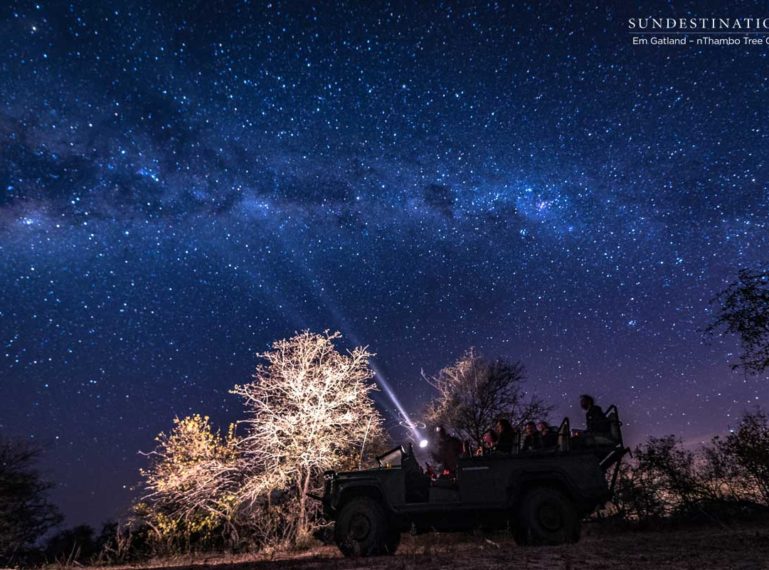
When darkness falls, the bush comes alive. Nocturnal predators can be heard rustling in the thickets and plains game become skittish. This is the time when the big cats hunt and the rest of the animal kingdom seeks refuge. The black canvas above is thick and heavy; only to to be broken by the millions of bright stars which illuminate the land below. With zero interference from street lamps and man-made light, the galaxies above appear to hover close to the ground. The nights in the Klaserie are wild, uncontrolled and mesmerising. After all, there’s beauty in chaos and the unknown…
Photographer Em Gatland took her finest lens out on game drive with Africa on Foot and nThambo Tree Camp. She captured the mysterious chasm between day and night. From the minute the sun said a quick and angry farewell to the day, the night charged in with its bold black paintbrush. The forthright stars appeared, pushing their way through the blackness above. A black palette littered with specks of gold. Welcome to the beauty that is the Kruger sky.
The Southern Cross asterism and the Milky Way galaxy are the two most recognisable patterns in the night sky of the southern hemisphere. The rest of the constellations lie huddled around the phase of the moon, worshipping its royal like status. While trackers and rangers searched low for wildlife, Em and her camera pointed high to photograph the action of the night sky.
Wildlife and stars are actually in sync with one another. Have you ever seen an animal use a map? Most certainly not! Did you know that certain birds, seals and even the dung beetle use the stars to navigate? The dung beetle uses the Milky Way to navigate. Most animals, however, use a combination of the sun, the earth’s magnetic field, the polarisation pattern of the blue sky, vision, scent marking and navigational cues to find their way.
The most famous asterism in the southern hemisphere is the Southern Cross, which points due south. The northern hemisphere constellations have many Greek and Roman myths and legends surrounding the naming of stars. But the Southern Cross has no roots in the northern hemisphere, and thus no myth surrounding its formation.
Did you know? There are 88 official constellations and 48 of them are original, which means they were discovered by ancient civilisations. All stars have two names, the first is Latin and the second the “recorded” name. The Latin is descriptive and gives an indication of the constellation and how brightly the star shines.
To all the avid Astronomers out there, here are a few things to spot while star gazing in the Klaserie.
- Scorpius is one of the most distinct constellations in the evening sky. Look for Antares, the glowing heart of the scorpion. Scorpius is clearly visible in the southern hemisphere and from most places in the northern hemisphere.
- The Southern Cross asterism comprises five stars which are pointer stars. The stars look like the formation of a cross and it’s only viewable within the southern hemisphere. The two brightest stars point the way to the Southern Celestial Pole.
- In African mythology, the Milky Way is said to have derived from a young girl who threw her ashes from a fire into the sky to construct a visible path through the complex playground of stars.
- The morning stars are located in the east.
We love our big five and wildlife, but let’s not forget the starlit skies and undiscovered wonder of the night sky. Astronomy and the starlit skies of the Klaserie are certainly no consolation prize!
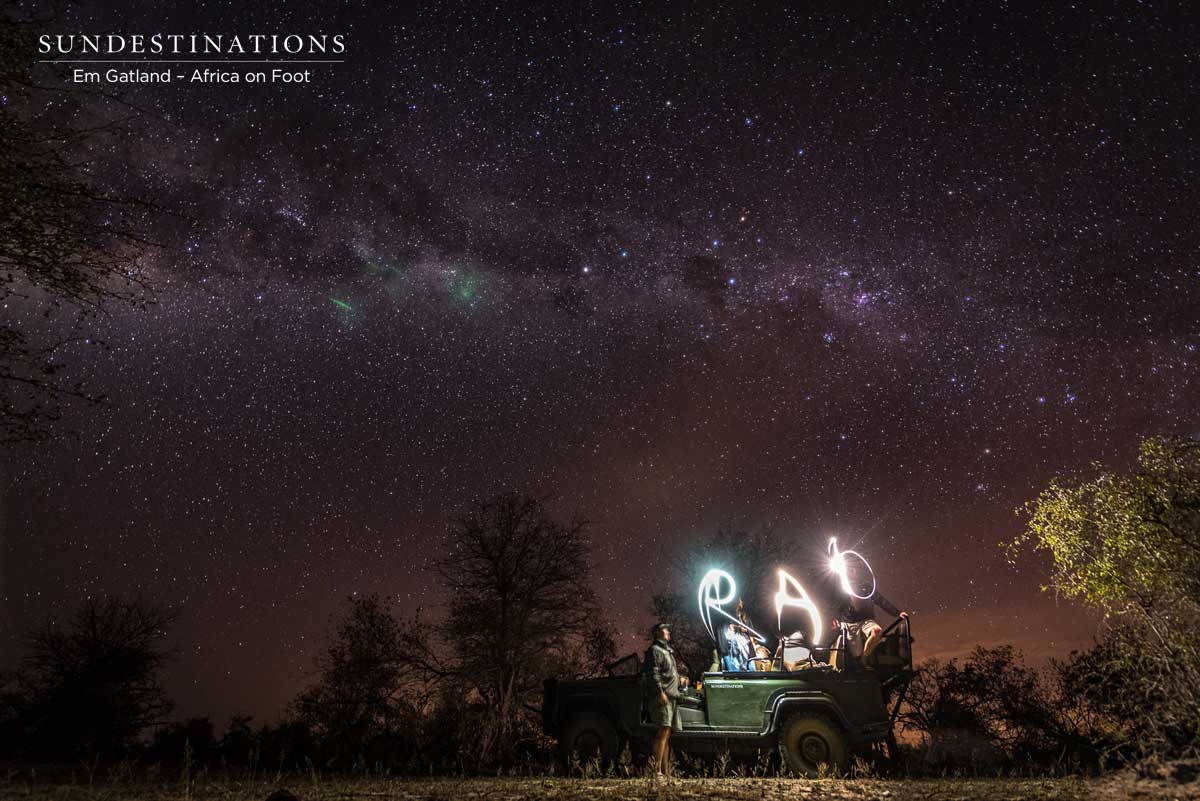
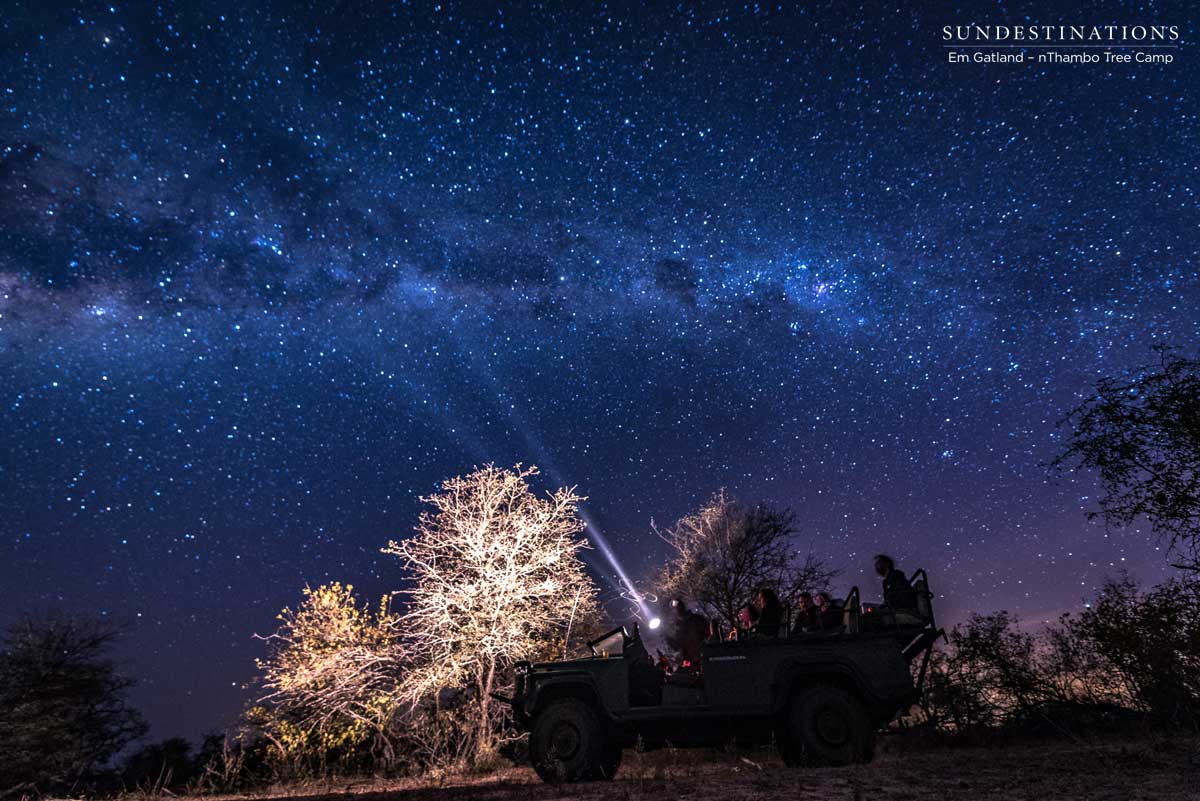
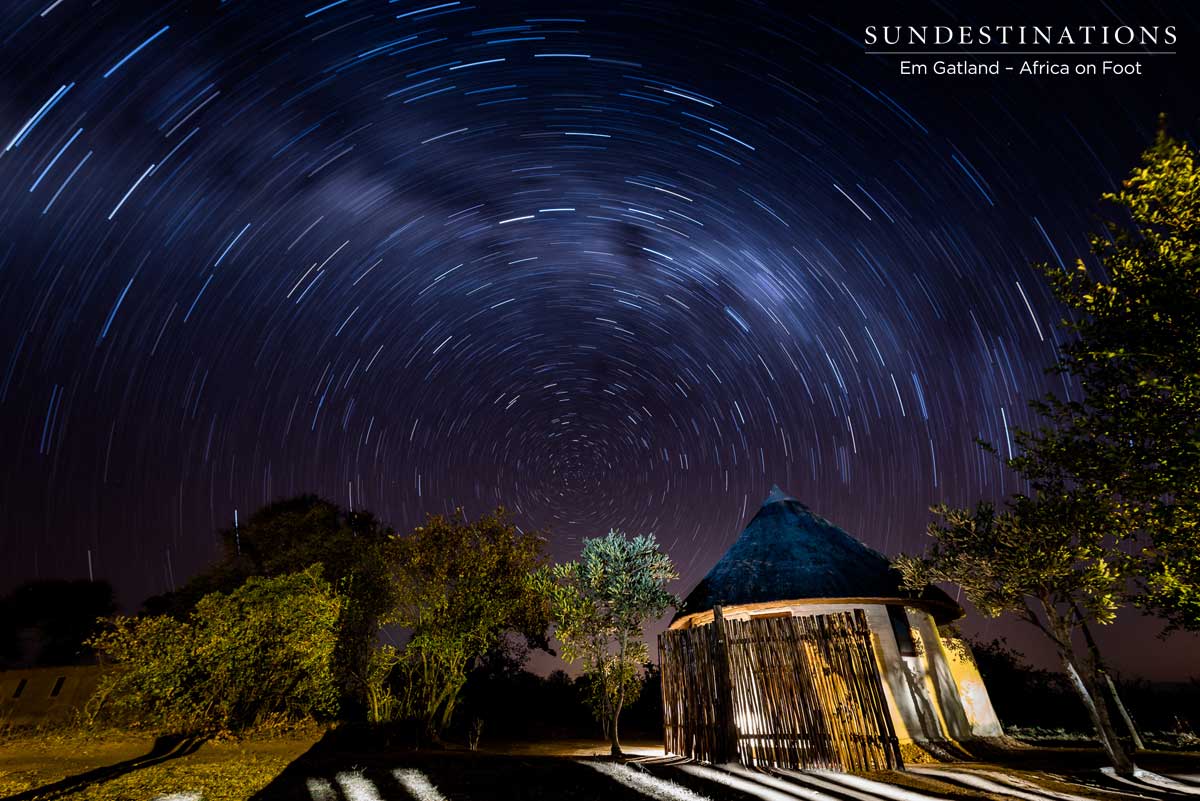
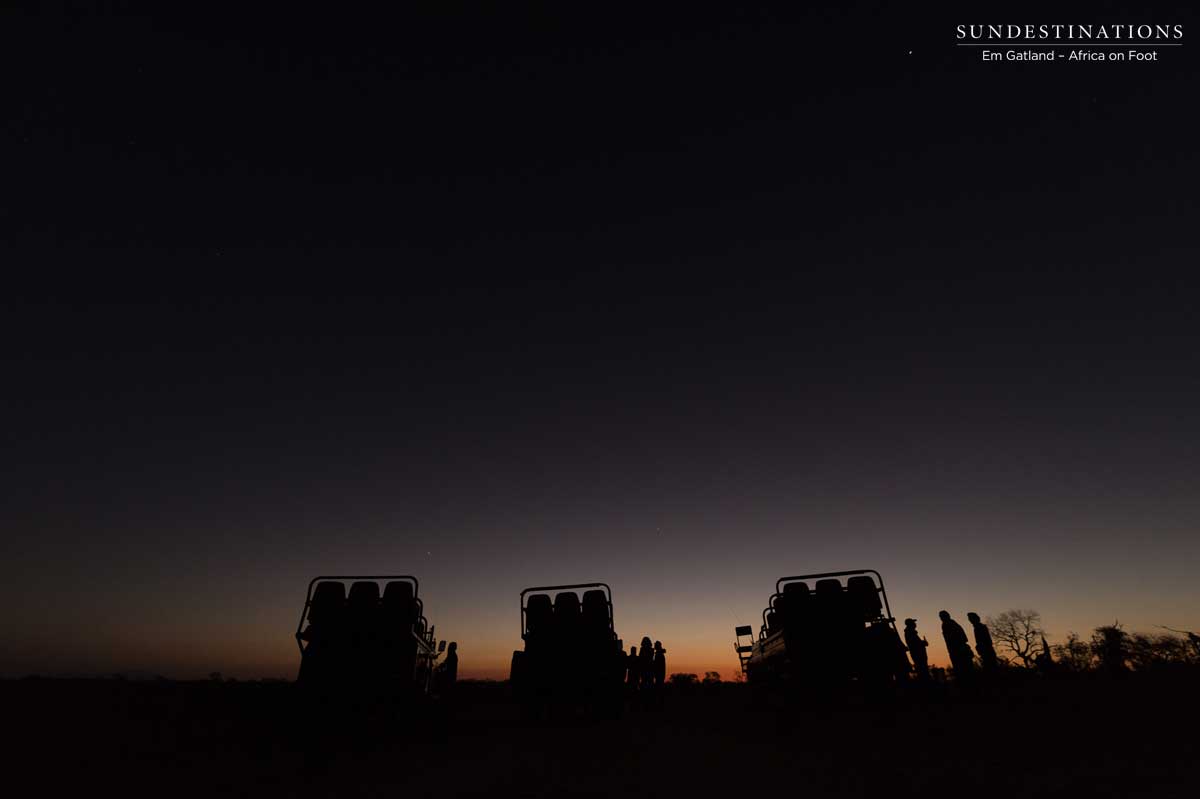
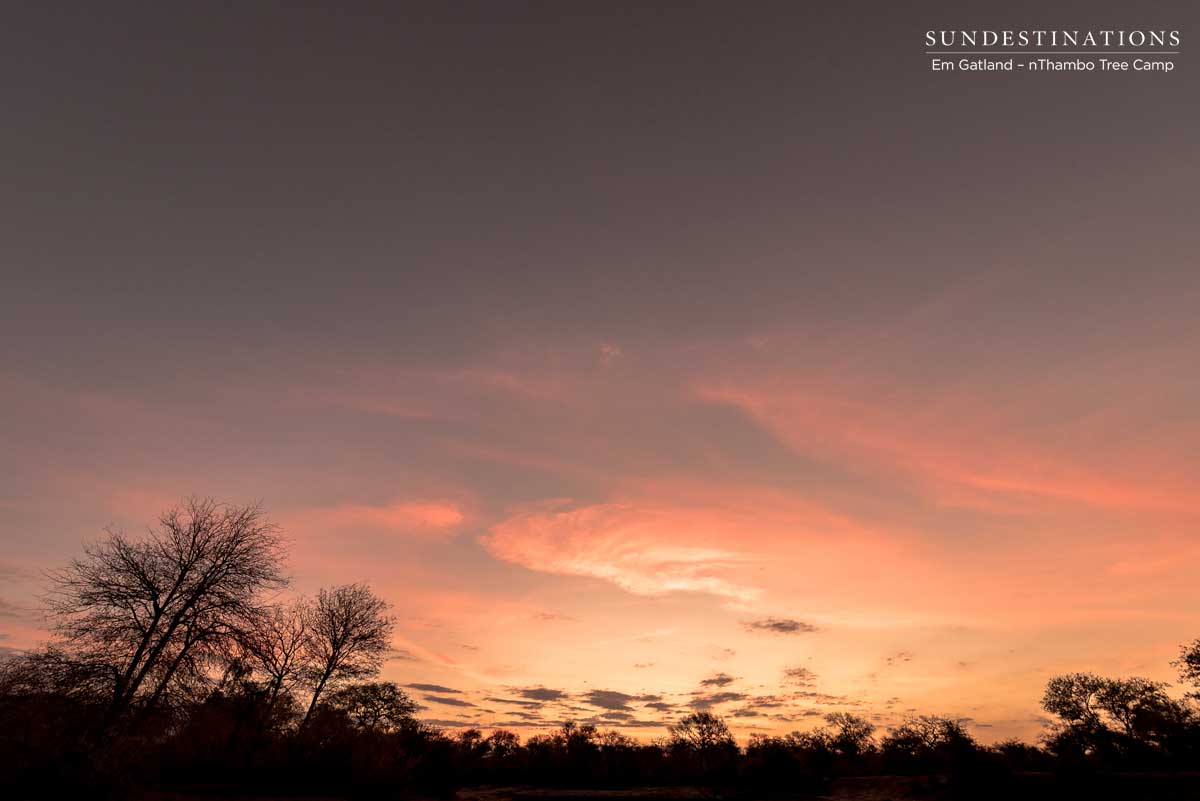
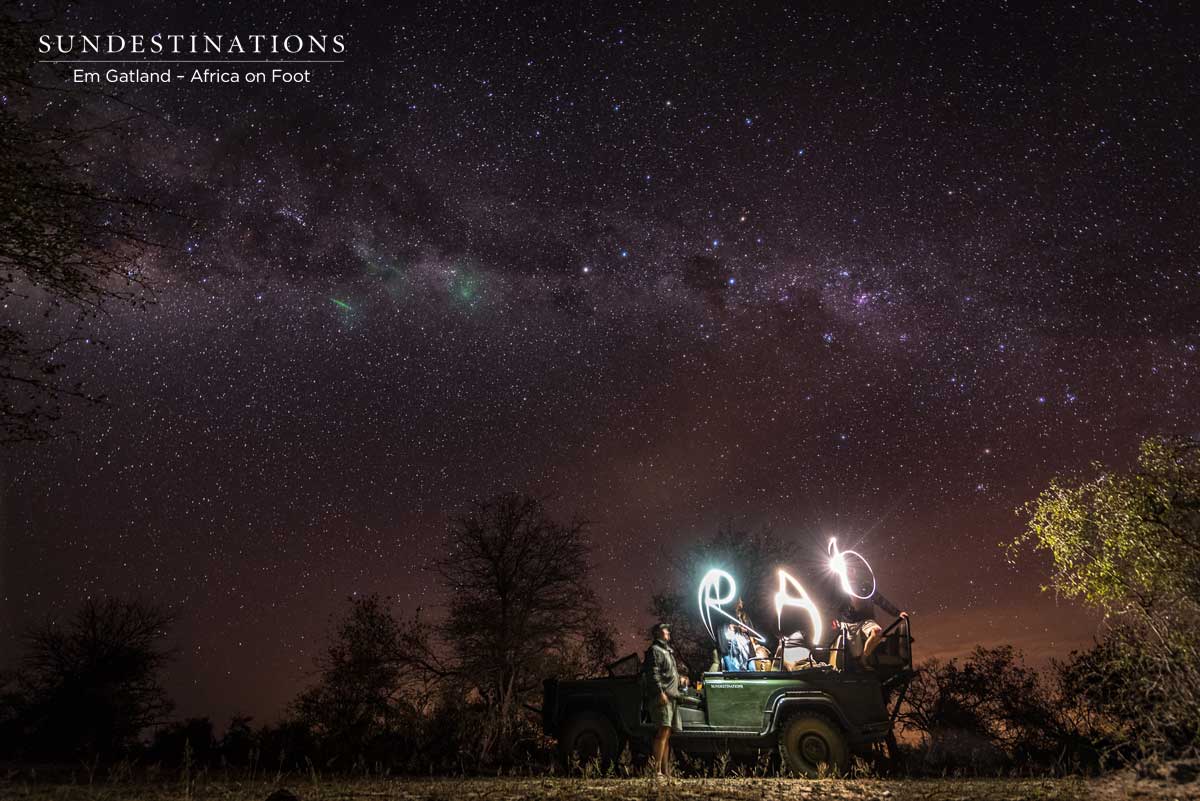
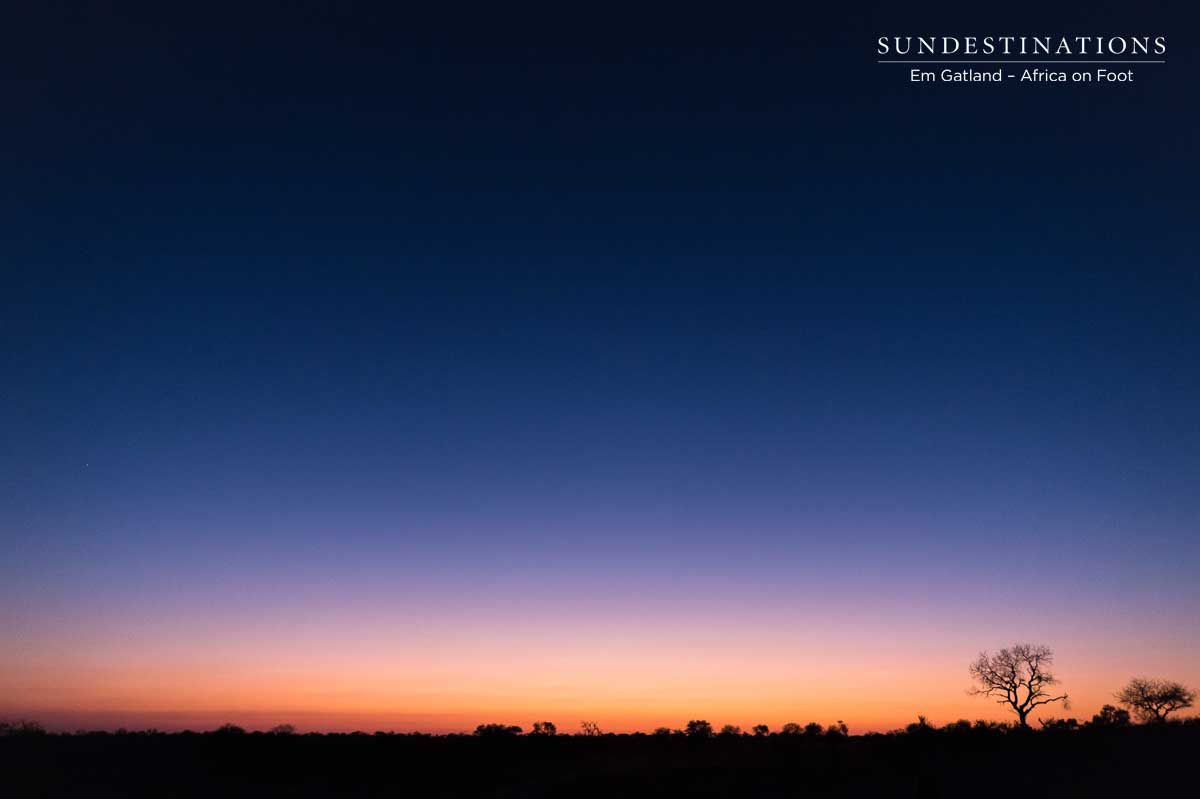
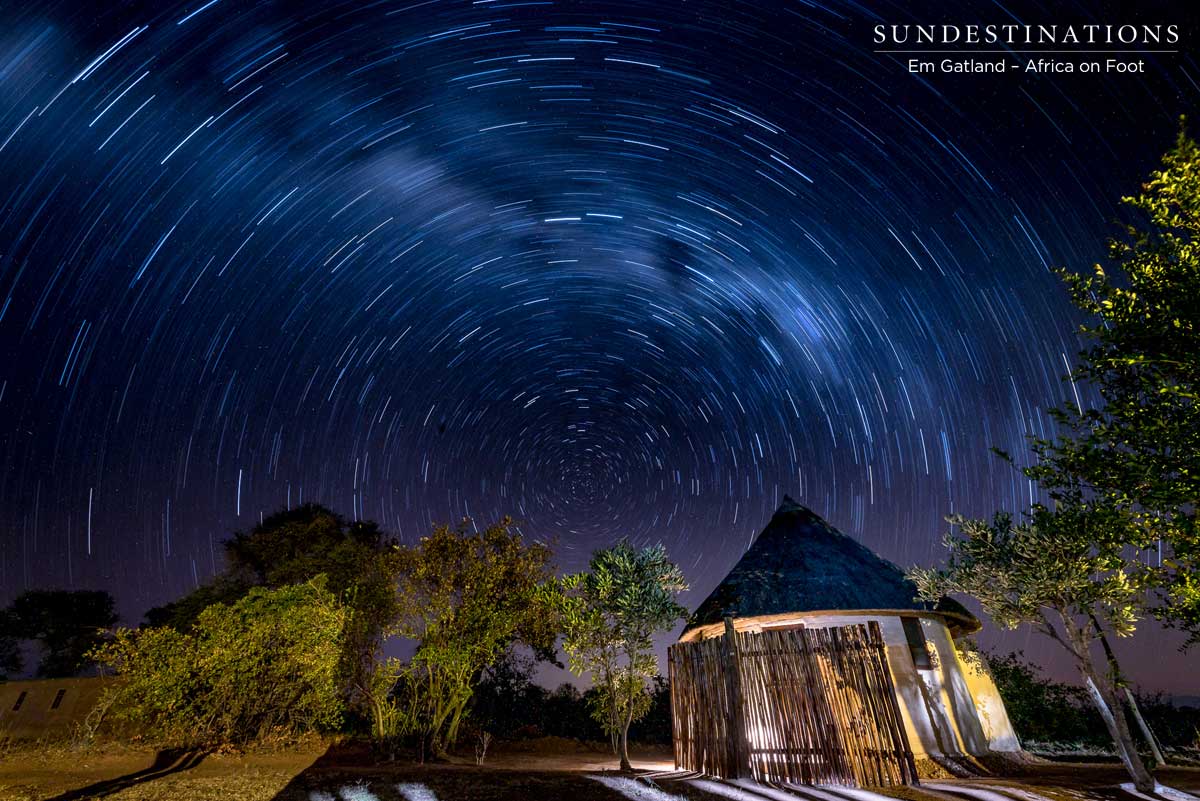
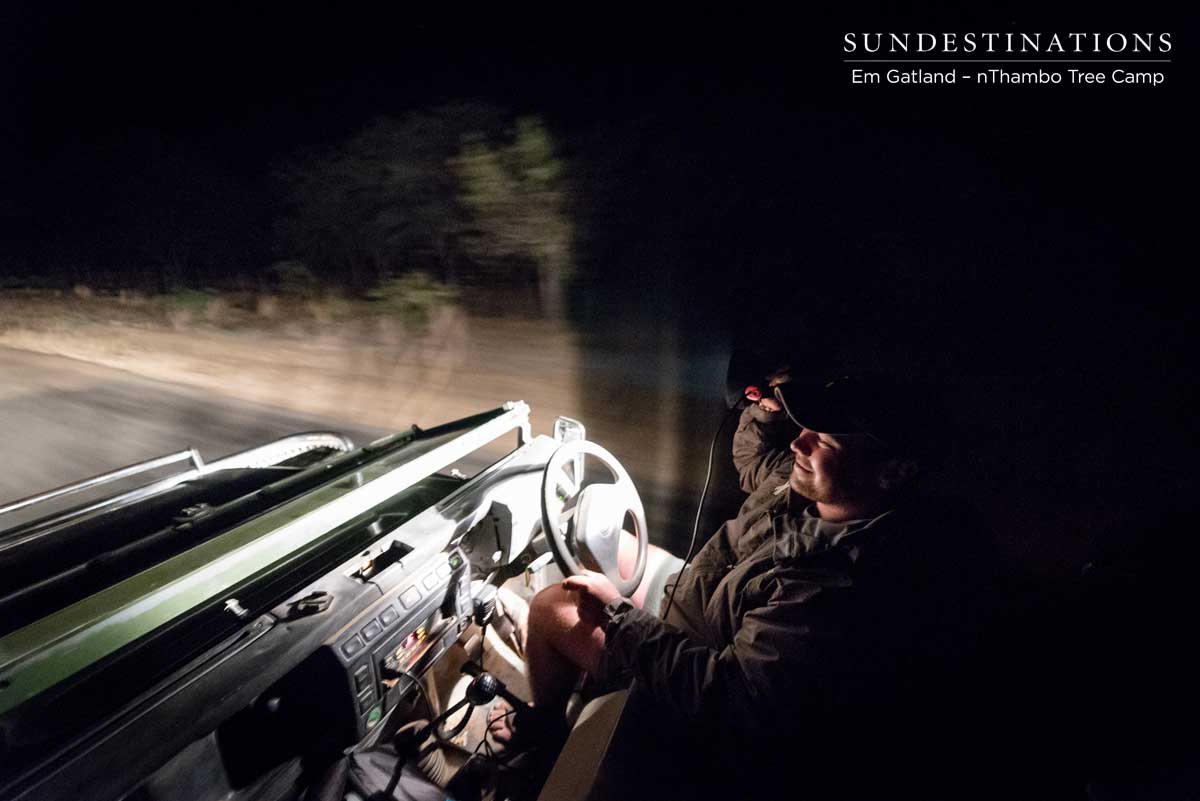
Rick